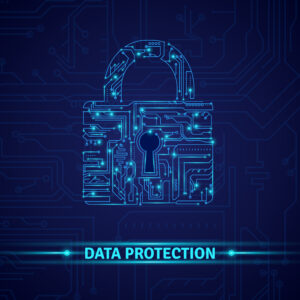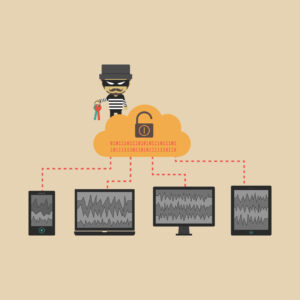Schlagwort: ‘MFA’
Cluster security – MFA Now Mandatory

Source: Freepik
In May 2020, several supercomputers in Europe were attacked by hackers. They used compromised accounts of users on external systems. To prevent such attacks, the introduction of multi-factor authentication on the HPC cluster is an important step.
Security Mechanisms Unravelled: MFA

Source: Freepik
Multifactor-authentication (MFA) is a security method that enables access to digital resources such as devices, networks or online services by combining multiple authentication factors. Essentially, MFA requires at least two independent confirmations of a user’s identity to access the resource.
Multifactor Authentication in IdM Selfservice
IT security is a major and important topic at RWTH Aachen University and the IT Center.

Source: Freepik
Already in 2021, it was reported that the introduction of multifactor-authentication (Mfa) would provide systems with greater security against unauthorized access.
In order to offer the MFA protection to further services the IdM Selfservice is now equipped with the so-called “MFA Tokenmanager”.
Protecting the HPC account with MFA

Protection of the HPC account
Source: Freepik
At least a little less than a dozen of Europe’s supercomputers were taken offline simultaneously in May 2020. Several university centres in Europe have been attacked by hackers and had to go offline. The unknown perpetrators hacked the accounts of the users in order to gain access to the supercomputers. Fortunately, our high-performance computer was not affected, but JURECA, JUWELS and JUDAC at the Jülich Supercomputing Centre, Hawk at the Stuttgart High Performance Computing Centre and the supercomputers at the Leibzig Computing Centre (LRZ), for example, fell victim to the attack.
Better Safe Than Sorry – Multifactor-Authentication

Source: Pixabay
In the context of the current pandemic and the latest massive cyberattacks, IT security is more relevant than ever in our daily lives. With many people working from home and using cloud applications to access corporate data, the risk of unauthorised access to this data is growing. . Passwords can be stolen in various manners, ranging from looking over one’s shoulder, a break-in at a service provider on the Internet to malware. Passwords are particularly susceptible to being stolen. Additionally, if you use the same password for multiple services, the quantity of stolen data might be massive. What can we do to ensure our data remains secure?




